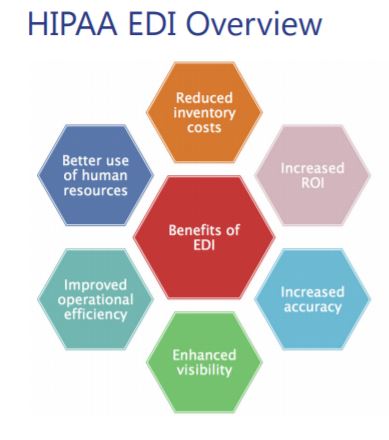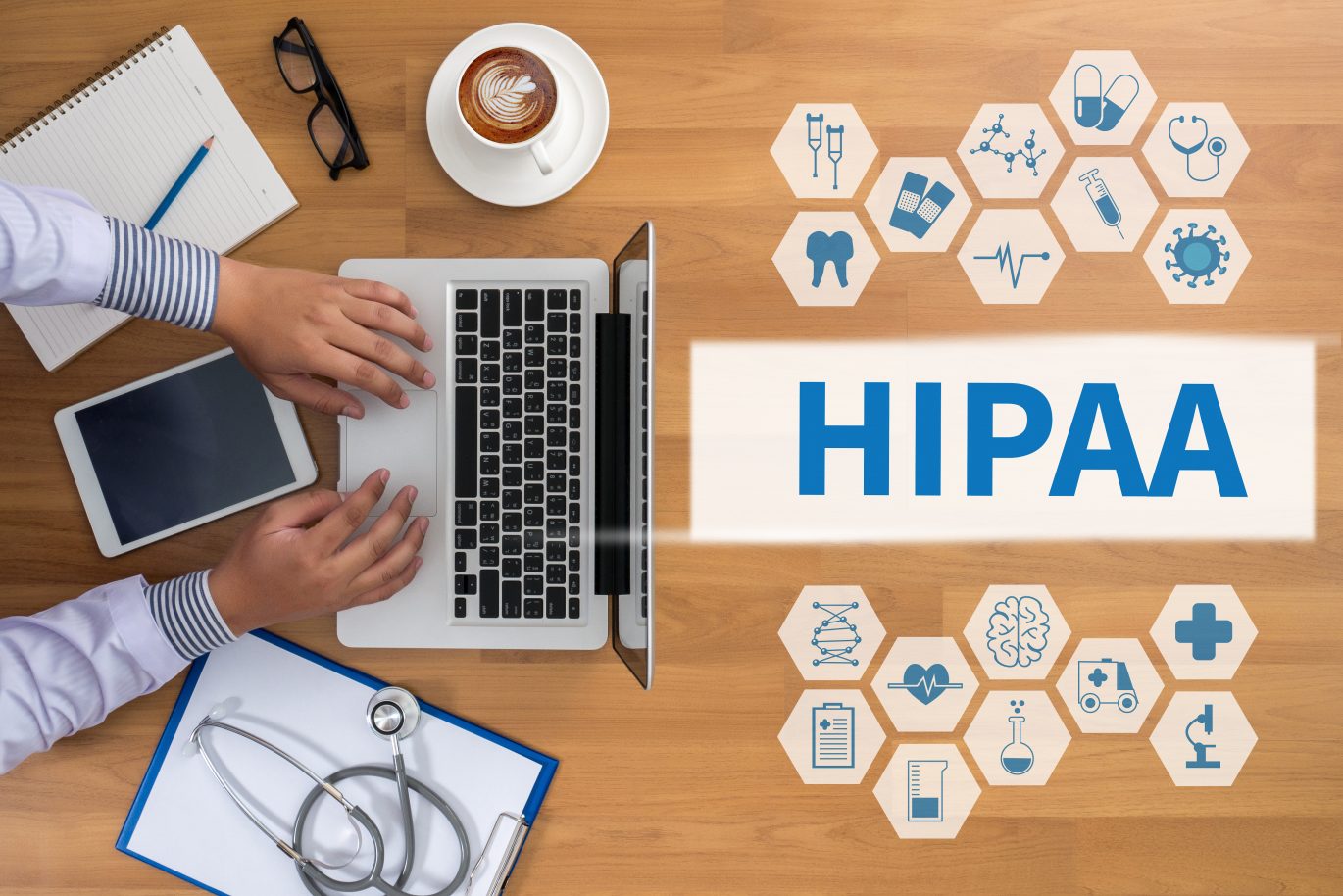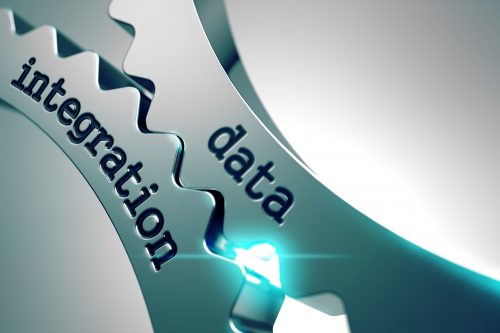Data privacy is critical – not only for customers but also for businesses everywhere. And this does not only apply to commercial businesses.
The Health Insurance Portability and Accountability Act (HIPAA) came into action in 1996 to protect patient data and health records. It is overlooked by the US Department of Health and Human Services. Although it dictates data privacy concerns for healthcare facilities, it is not the only compliance policies this industry is required to follow.
The key concern for data privacy in this segment revolves around personally identifiable information (PII) – pieces of information that can be clearly linked to a specific individual. In the modern era where the use of wearable technologies (like fitbits), telemedicine, and similar ‘remotely accessed’ healthcare options are increasing exponentially, concerns for data privacy are not without reason.
Before we dive into ETL and how it can be made compliant to HIPAA and other similar data privacy policies, let’s look at what HIPAA is and what all it mandates?
HIPAA – What it is and Why is it important?
HIPAA governs health information collection, storage, exchange, and transfer via five titles:
- Health Insurance Reform Provisions
Medical health insurance must continue for employees and their dependents who have dropped from eligibility. Such provision was available as part of 1985’s Consolidated Omnibus Budget Reconciliation Act (COBRA) as well. With HIPAA, this provision was extended to recently unemployed individuals in addition to self-employed entrepreneurs and independent contractors.
2. Simplification of Administrative Processes
With the advent of eHealth services, the Department of Health and Human Services (DHHS) penned policies to standardize how patient health information would be kept secured while collecting and/or sharing with healthcare providers, insurance providers, and employers. This HIPAA title in data integration specifies the bare minimum necessary to protect data and exchange it as required in a fully secured environment to prevent data leaks.
3. Tax Requirements for Healthcare
Health insurance is expensive, becoming even more so with periodic increases in Year-On-Year growth. According to a report, the healthcare costs are expected to be over $15,375 in 2020, which was $14,642 in 2019. Tax relief is imperative to ensure people can afford medical insurance. This also gives tax consumption a consumer-centric notion, enabling contributors to see the outcome.
4. Group Health Plans
Group health plans offer (discounted) medical insurance for groups of people instead of individuals, which also explains how companies are able to offer coverage for their employees. Special requirements need to be fulfilled where people with preexisting conditions and continuing medical coverage are concerned.
5. Offset of Revenue
Most health insurance providers hedge the premiums they collect with the claims they pay. However, under unnatural situations, like the ongoing pandemic, these totals can be thrown off-balance. HIPAA title V ‘Offset of Revenue’ addresses such instances and the resulting changes in healthcare and insurance provision to ensure employee interests are protected despite the adversity.
Why is HIPAA important?
These five titles address different aspects of data privacy and healthcare provision. At the time HIPAA was enacted, there were four major concerns regarding protected health information that were delivered.

- Assist people in shifting their insurance plans as required following an employment change.
- Prevent insurance frauds and privilege abuse.
- Set industry standards for health data collection, transfer, and storage.
- Always protect patient confidentiality.
These policies do not only apply to healthcare providers and medical insurance companies but also to employers and other relevant stakeholders involved in handling patient data. Noticeably, HIPAA was formulated and enacted before the term ‘Big Data’ was coined for data transformation. Such technological advancement has created complications where patient data protection is concerned. Nevertheless, patient privacy protection is the primary reason why HIPAA security rules were implemented across the United States.
ETL and HIPAA – the past, present, and future
Healthcare industries primarily collect two kinds of information when delivering services. The personally identifiable information (PII) includes data like patient name, age, SSN, phone number, photos, address, license number, and other such details. The health information includes data such as the type of health services availed, the cost and payment methods, subsequent healthcare requirements, etc.
HIPAA compliance mandates all healthcare companies to protect PII, especially during data integration. Conscious or unintentional non-adherence to these policies are considered criminal and civil offenses, where penalties can range from $100 to $1.5 million. For cases considered as criminal violations, financial penalties are accompanied with imprisonment ranging from one to ten years, depending on the severity.
To ensure HIPAA compliance in ETL, healthcare industries need to use masking in order to protect PII. However, given the amount of data that already exists in their systems and the copious amounts of information that is fed daily, doing so manually is not possible. This is where automation becomes necessary.
HIPAA-Compliant ETL Solution – Astera Centerprise
Generally, PII is abundantly available in raw data and company’s data centers/warehouses/lakes. Custom ETL processes like the ones offered by Centerprise can not only identify and encrypt such information but also ensure integration with multiple data sources, making the solution scalable. After all, robust security protocols are the key to avoiding expensive data breaches.

Here are a few reasons why Astera Centerprise is your best choice for HIPAA Compliance in data management.
- Pre-built data transformations library: Simplify data transformation by eliminating complex procedures for data preparation. Automate, schedule, and let Centerprise take care of your data management needs.
- Parse Documents in HIPAA format: The biggest advantage Centerprise offers in this area is its ability to parse documents from HIPAA format, or convert outgoing communication formats to HIPAA security rules using the EDIConnect module.
- Code-free mapping environment: Whether it is about masking data or not, choose the information you want to include in your data transformation process and utilize it via code-free data mapping features.
- Data profiling and validation: With built-in data profiling and validation features, Centerprise ensures the data you process has integrity, quality, and the right structure that you require.
- On-Premise and Cloud-based deployments: Astera offers on-premise and cloud solutions, in addition to a combination of both in a hybrid model. With banking-grade data protection and limited accessibility, Centerprise ensures PII is always secured in line with HIPAA data integration recommendations.
If you want to learn more about Astera Centerprise or HIPAA-Compliant ETL solution, get in touch right away!







